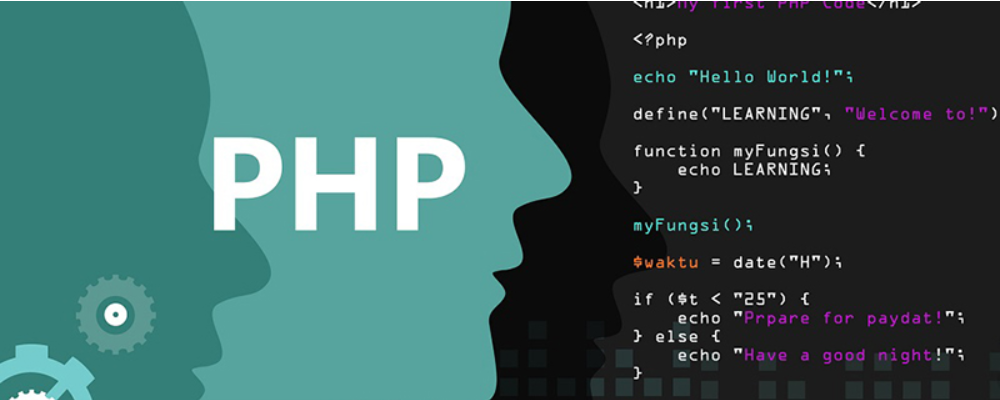理解Javascript_07_理解instanceof实现原理
时间:2010-10-14 来源:笨蛋的座右铭
在《Javascript类型检测》一文中讲到了用instanceof来用做检测类型,让我们来回顾一下:

那么instanceof的这种行为到底是如何实现的呢,现在让我们揭开instanceof背后的迷雾。
instanceof原理
照惯例,我们先来看一段代码:
function Cat(){}
Cat.prototype = {}
function Dog(){}
Dog.prototype ={}
var dog1 = new Dog();
alert(dog1 instanceof Dog);//true
alert(dog1 instanceof Object);//true
Dog.prototype = Cat.prototype;
alert(dog1 instanceof Dog);//false
alert(dog1 instanceof Cat);//false
alert(dog1 instanceof Object);//true;
var dog2= new Dog();
alert(dog2 instanceof Dog);//true
alert(dog2 instanceof Cat);//true
alert(dog2 instanceof Object);//true
Dog.prototype = null;
var dog3 = new Dog();
alert(dog3 instanceof Cat);//false
alert(dog3 instanceof Object);//true
alert(dog3 instanceof Dog);//error
让我们画一张内存图来分析一下:

内存图比较复杂,解释一下:
程序本身是一个动态的概念,随着程序的执行,Dog.prototype会不断的改变。但是为了方便,我只画了一张图来表达这三次prototype引用的改变。在堆中,右边是函数对象的内存表示,中间的是函数对象的prototype属性的指向,左边的是函数对象创建的对象实例。其中函数对象指向prototype属性的指针上写了dog1,dog2,dog3分别对应Dog.prototype的三次引用改变。它们和栈中的dog1,dog2,dog3也有对应的关系。(注:关于函数对象将在后续博文中讲解)
来有一点要注意,就是dog3中函数对象的prototype属性为null,则函数对象实例dog3的内部[[prototype]]属性将指向Object.prototype,这一点在《理解Javascript_06_理解对象的创建过程》已经讲解过了。
结论
根据代码运行结果和内存结构,推导出结论:
instanceof 检测一个对象A是不是另一个对象B的实例的原理是:查看对象B的prototype指向的对象是否在对象A的[[prototype]]链上。如果在,则返回true,如果不在则返回false。不过有一个特殊的情况,当对象B的prototype为null将会报错(类似于空指针异常)。
这里推荐一篇文章,来自于岁月如歌,也是关于instanceof原理的,角度不同,但有异曲同工之妙。
http://lifesinger.org/blog/2009/09/instanceof-mechanism/










